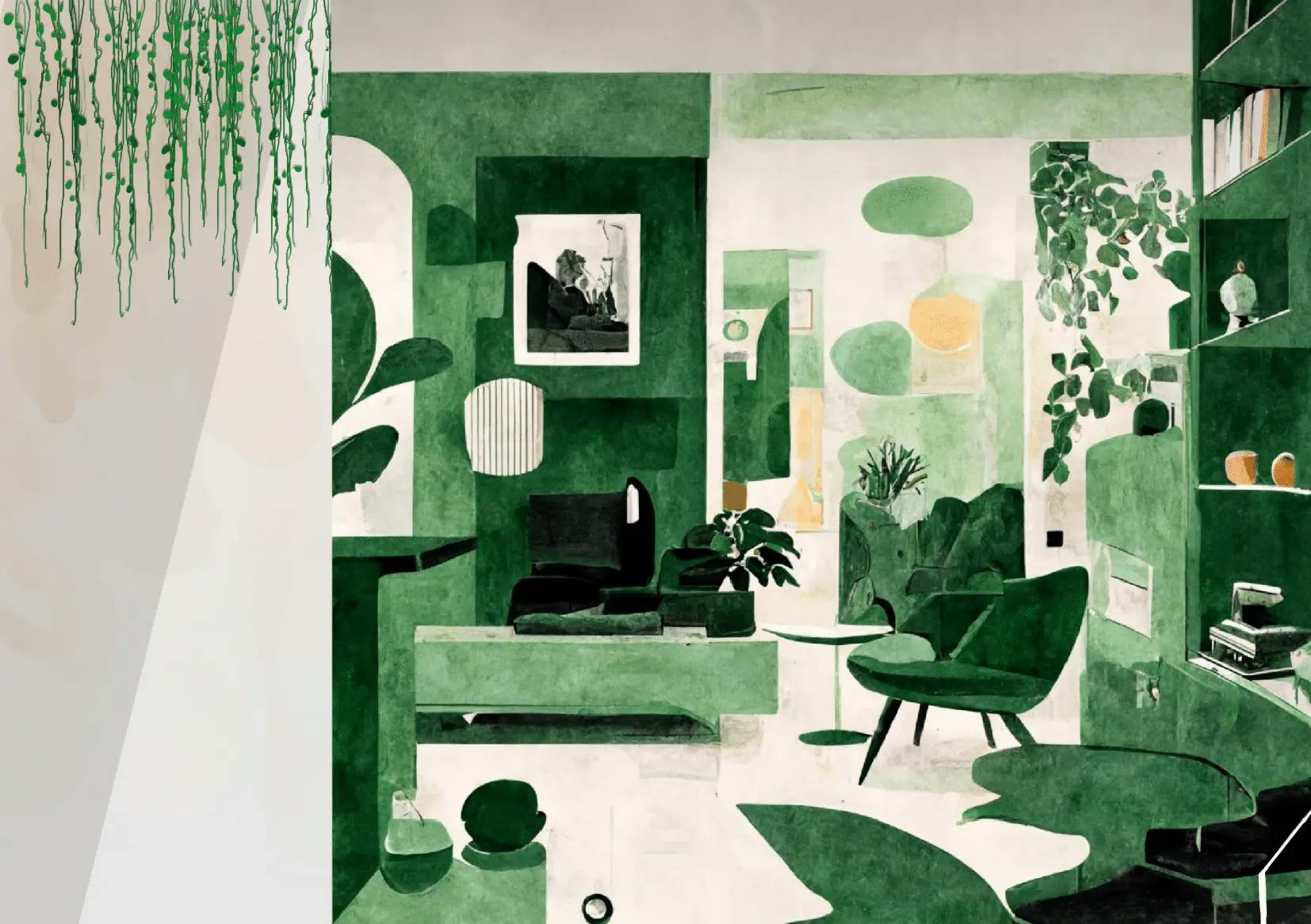In an age where environmental consciousness is not just a trend but a necessity, the world of interior design is undergoing a profound transformation. The concept of sustainability has transcended from a niche consideration to a fundamental principle shaping the very essence of design. Sustainable interiors are not merely a visual delight; they are a conscientious response to the ecological challenges of our time.
At the core of sustainable interior design lies a commitment to minimizing environmental impact through material choices. Reclaimed wood, salvaged metal, and recycled glass are not just components of a space but symbols of a commitment to responsible consumption. The emphasis on low VOC paints ensures that indoor air quality remains pristine, fostering healthier living environments for inhabitants.
Beyond material choices, sustainable design extends its reach into the infrastructure of a space. Energy-efficient lighting, heating, and cooling systems are integrated seamlessly to reduce the carbon footprint of interiors. Buildings designed with a focus on passive solar principles harness the natural elements, optimizing sunlight for illumination and warmth. These considerations not only contribute to environmental conservation but also result in reduced operational costs for the occupants.
The success stories of sustainable interior design are best told through case studies that showcase exemplary projects. From residential homes to commercial spaces, these designs serve as beacons of inspiration, proving that being eco-conscious does not equate to compromising on beauty or functionality. The marriage of aesthetics and sustainability heralds a new era in interior design, where responsible choices become the cornerstone of a greener, more harmonious future. Designers, as custodians of the built environment, play a pivotal role in shaping this future, advocating for practices that not only enhance the visual appeal of spaces but also contribute to the well-being of the planet.
